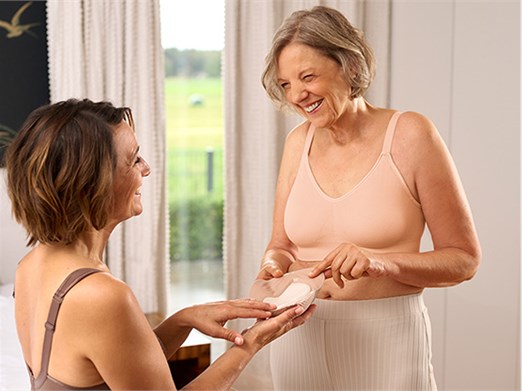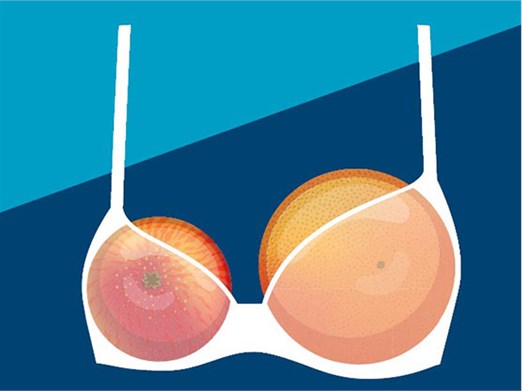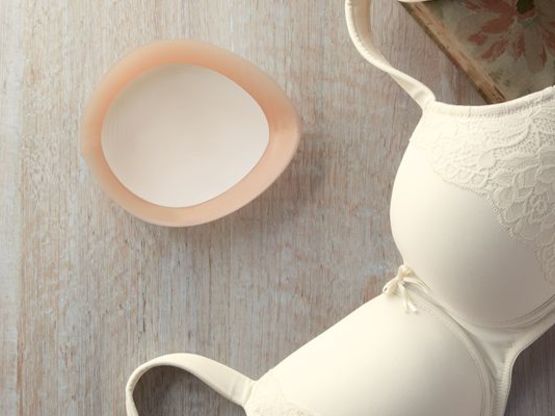Western Medicine and CAM Walk Hand in Hand
 by Beth Leibson
by Beth Leibson
This is the first article in a 2-part 2012 update on the use of complementary alternative medicine for cancer.
More and more cancer patients feel as though chemotherapy, radiation, and surgery – the Western medicine anti-cancer weaponry – just aren’t enough, so they’re turning to complementary alternative medicine (CAM) to help treat and prevent cancer and to improve their quality of life.
The Eastern arsenal has a much more varied inventory. It includes several categories of modalities: natural products (such as vitamin supplements, probiotics, and herbal medicines), mind and body medicine (including acupuncture, meditation, breathing exercises, guided imagery, hypnotherapy, qi gong, and tai chi), and manipulative and body-based practices (think about spinal manipulation and massage therapy), according to the National Center for Complementary and Alternative Medicine (NCCAM), which is part of the National Institutes of Health (NIH).
Cancer survivors are more likely to use complementary medicine than the general population, according to NCCAM. Researchers from the University of Pennsylvania School of Medicine, for instance, found that about two-thirds of cancer survivors (65%) have availed themselves of complementary medicine in their lifetime, compared with just over half of non-cancer folks (53%). In addition, and 43% of cancer survivors turned to complementary medicine in the past year, versus 37% of the general population.
People with some unmet need – such as physical problems related to treatment or financial or job-related difficulties or troubles – were more likely to rely upon complementary medicine to help with cancer problems than their more fortunate peers, NCCAM found.
Not all Eastern modalities are equally popular, though. Natural products (echinacea leads the way here), deep breathing and meditation are the most popular types of complementary medicine used, according to a NCCAM study.
How it Helps
Patients turn to alternative medicine for help in a variety of arenas, according to NCCAM. Most often, they want to achieve wellness or general disease prevention (29%); improve immune function (11%); enhance their energy (11%); or manage pain (6%).
Beth Baughman DuPree, MD, FACS , a breast surgeon with Southampton, PA-based Holy Redeemer Health System, has noticed this trend in her practice.
“I’ve seen a shift from just treating the cancer itself to decreasing risk and recurrence and improving lifestyle,” says Dr. DuPree. Patients, she adds, are increasingly concerned about how their daily living affects their cancer risk. “There’s less emphasis on the disease and more on the patient,” she notes.
To speak more directly to patient needs, Dr. DuPree’s practice offers traditional Western medicine complemented by a range of Eastern modalities including acupuncture, hypnosis, guided imagery, meditation, support groups, Reiki, therapeutic massage, and yoga. In fact, Dr. DuPree herself is a Master-Level Reiki practitioner. Nor is Dr. DuPree alone; Memorial Sloan Kettering Cancer Center in New York City offers an entire Integrative Medicine Service.
“We've spent a lot of time in Western medicine treating the cancer,” says Dr. DuPree. “Every institution, every organization, everyone who treats cancer patients is aware that treating the cancer is becoming more routine, more a matter of following established protocols,” she adds. “Although we have been hitting a home run with treating the cancer, we’ve only been getting to first base with treating the individual,” Dr. DuPree explains. “If we keep that up, we’ll never make it to the playoffs.”
“In my practice,” says Sarah Cimperman, ND, a board-certified doctor of naturopathic medicine in private practice in New York City, “I’m seeing more people who’ve survived cancer and want to prevent it from recurring. They recognize that cancer is not inevitable and are trying to cultivate health and wellness.”
Naturopathic doctors (NDs) teach their patients to use diet, exercise, lifestyle changes and natural therapies to enhance their bodies’ ability to ward off and combat disease, according to the American Association of Naturopathic Physicians. Dr. Cimperman offers her patients expertise in a range of modalities including diet, nutritional supplements, botanical medicines, homeopathic remedies, exercise, hydrotherapy (therapeutic use of hot and cold water), breathing techniques, and individualized detoxification programs to help patients.
“For a while, patients came to me because they were looking for an alternative to Western medicine,” says Dr. Cimperman. “But now I find that people want to do both. They want to integrate the two.”
You don’t throw away Western medicine,” says Dr. DuPree. “You embrace it and the gifts that it offers – along with the gifts that Eastern medicine has to offer. They complement each other synergistically.”
Communication is Key
The challenge, then, is that the patient doesn’t always tell one hand (oncologist or breast surgeon) what the other hand (Eastern modality practitioner) is doing.
“My job is to educate patients,” says Dr. Cimperman. “Their job is to decide how they want to proceed.” Sometimes this situation is awkward. “I work with patients who don’t tell their oncologists about what we’re doing – and I work with patients who do. But I always encourage my patients to tell their doctors everything they’re taking to prevent interactions or contraindications.” When a patient is reluctant to talk to her oncologist or breast surgeon, Dr. Cimperman often reaches out to the medical practitioner. Open communication , she feels, is key to optimal patient treatment, she explains.
Dr. DuPree agrees. “I want to know any supplements any patients are taking or if they’re going for any complementary medicine. I want to be sure my patients feel comfortable telling me. Not every doctor is equally open,” she points out, “but you need to share that information.”
Some Western doctors don’t ask their patients about supplements or other treatments they may be involved with; studies show that this is the most common reason for poor communication about complementary medicine. In addition, patients don’t always think – or don’t always know – that they should mention this information to their oncologist or breast surgeon.
“If doctors know what supplement a patient is taking, the doctor may be able to make adjustments in the treatment, depending on the situation,” says Dr. DuPree.
When a patient doesn’t feel comfortable discussing her interest in complementary therapies with her oncologist or breast surgeon, Dr. DuPree suggests, perhaps there’s something wrong with the patient-doctor relationship. “Patients need to be able to tell their physicians, ‘I’ve looked into x, y, and z. What do you think about that?’ Communication is important.”
Important to Be Careful
Why is communication so important? Sometimes multiple medicines or supplements interact with each other and create pain or danger for the patient. Garlic, for instance, is often considered to be helpful in boosting the immune system. But there have been reports of post-operative hemorrhage associated with use of garlic, notes K. Simon Yeung, PharmD, MBA, Lac, research pharmacist, acupuncturist, and clinical coordinator for the Integrative Medicine Service at Memorial Sloan-Kettering Cancer Center. It’s not the best supplement for a surgical patient.
In addition, some Eastern modalities can affect the efficacy of Western treatments. Antioxidants, for instance, can diminish the benefits of chemotherapy. “Chemotherapy is such a difficult thing to get through,” says Dr. Cimperman. ”You don’t want to do anything to make it less effective.”
But with careful selection, complementary medicine can manage the symptoms of treatment, enhance patients' energy, and improve their quality of life.
Complementary medicine is nothing new, says Dr. DuPree. “We’re simply getting back to a place where we treat the patient, not the disease,” she adds. “Any patient who thinks complementary medicine is on the fringe needs to take a look at the history of medical care.” And it’s always good to focus on the individual, not just the disease.







